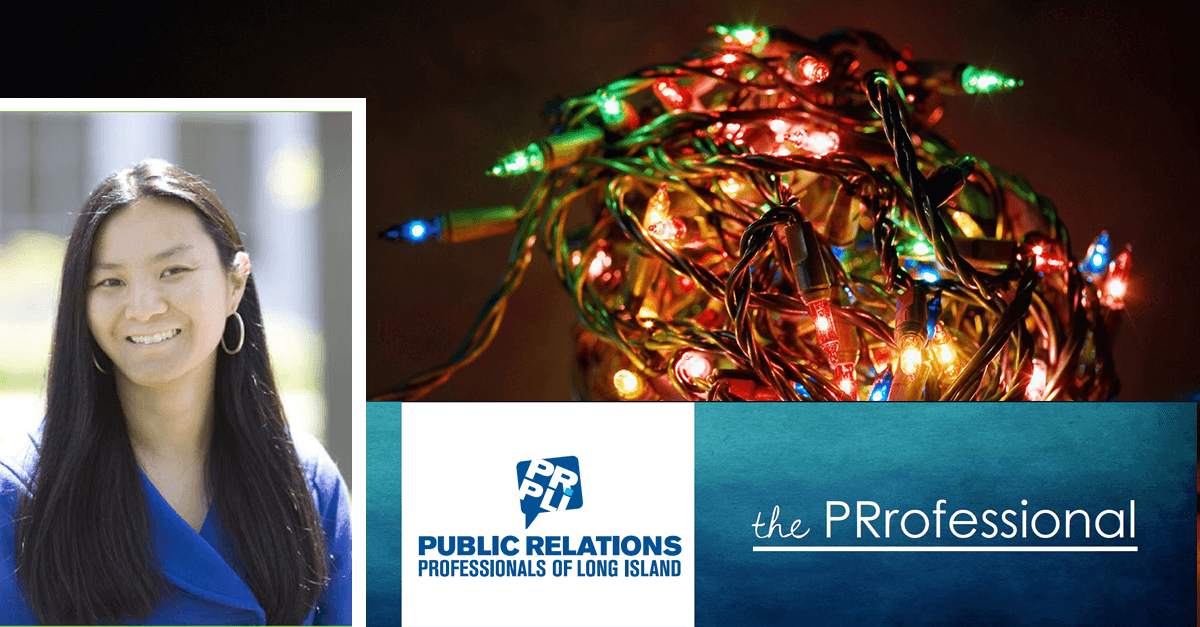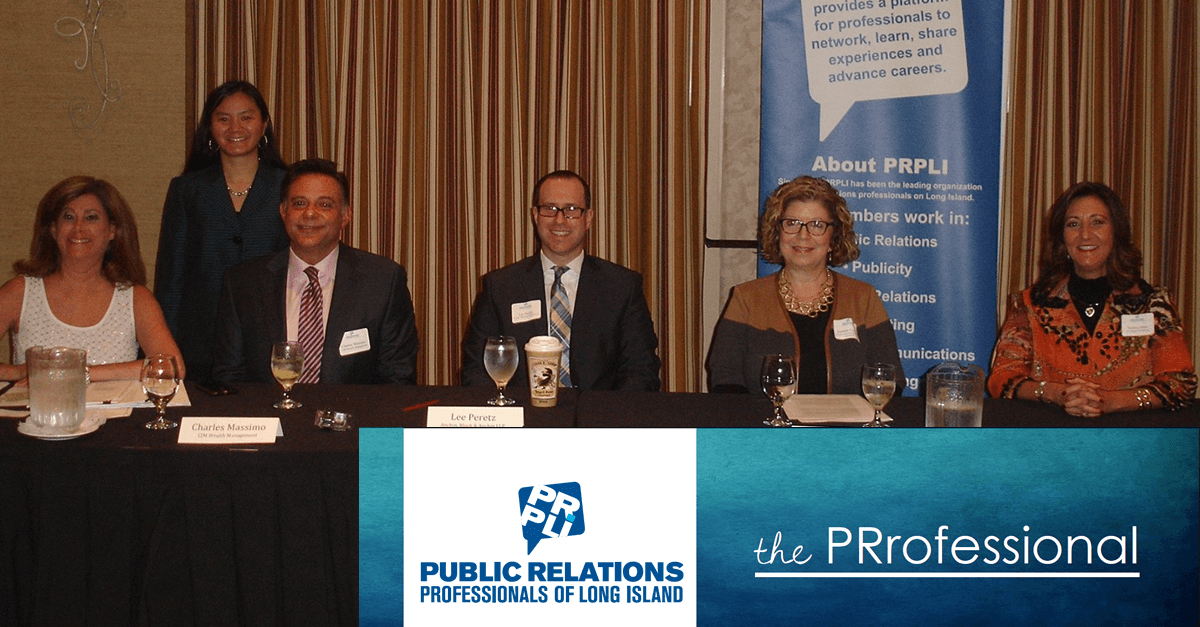By Williams Ekanem
“Differentiate or die” is a common slogan used in marketing communications to pinpoint what makes a product or service more valuable than another. Differentiation makes the product or service stand out from the rest and gives reason to why the customer should switch preferences.
In nonprofit organizations, the same holds true. Non- profits must be good in effectively communicating their cause to attract donors to choose their cause instead of another.
James D’Ambrosio, a public affairs specialist with the U.S. Army Corps of Engineers, New York District, admits that communication plays a role in every revenue stream of a nonprofit.
According to D’Ambrosio, “Grants require a number of well-honed letters, pitches, and plans; finding new donors requires expertise in writing direct-mail pieces; social media engagement requires short, high-impact posts to attract people to your cause; and, if you do not thank your donors with a well-crafted letter, you’re not likely to see another donation from them.”
In the face of fundraising challenges occasioned by competing interests and declining government sup- port, nonprofits must communicate not only to remain relevant but also to carry out core activities such as grant writing and sponsorship visibility, says Valerie Zurblis, director of marketing & PR for the Nassau County Bar Association.
Since nonprofits are essentially a donors’ market, as noted in our previous edition (see the Fall 2015 issue of for immediate release online at prpli.org), the message must be crafted to effect a behavioral change— to persuade the individual to donate by actually writing the check, swiping the card, or hitting the button that distributes the money.
Achieving these goals requires the ability to inspire people through exceptional writing, digital imagery, and video skills.
The underlying goal of any strategic plan for a non- profit is to raise awareness to the cause by creating visually compelling and thought-provoking content; therefore, a wide variety of channels should be put in use.
Taking into consideration the target audience, content should be shared on both the traditional channels of radio, television, newsletters, and newspapers, as well as social media platforms.
In these days of social media, Heather Mansfield, author of the book Mobile for Good notes that the foundation of a nonprofit’s fundraising strategy is the capability to create website articles, blog posts, e-newsletters, updates, tweets, pins, and text mes- sages that evoke empathy and trigger the impulse in your donors and supporters to take action.
Though it is not mandatory to use all the media, a nonprofit must be strategic in its choices and consider the target audience and how that audience uses the medium being considered.






